Beavers are no substitute for proper flood defences – Bernard Ingham
Successive storms have made life a misery for thousands in Wales, the Severn Valley and all over Yorkshire, including my native Calderdale.
Fortunately, I have experienced only the minor consequences of a burst tap washer combined with the fierce frosts while out on New Year’s Day 1963.
Advertisement
Hide AdAdvertisement
Hide AdBut I have seen the devastation wrought in Calder Valley, notably on September 20, 1946. I only just got across a footbridge after completing my paper round before Hebden Bridge Grammar School was marooned for the day.
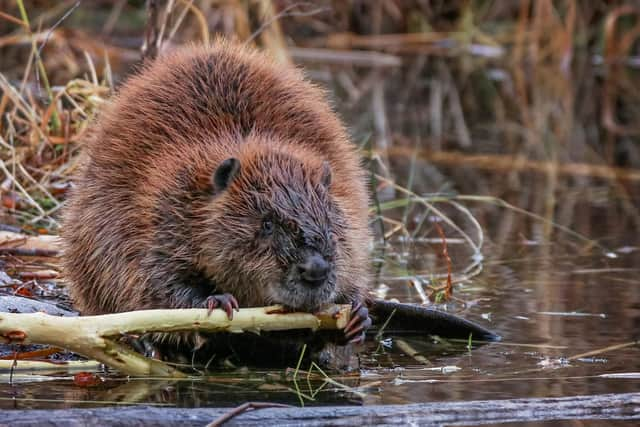

When, after school and with the sun out, I went to offer my help to Mrs Jones, the newsagent, she broke down amid the wrecked stock and mud left by a yard of water.
It also knocked out the electric motor pumping the organ at Hope Baptist Church.
My brother and I were then “volunteered” for the unpaid job of hand-pumping it twice on Sunday and at some funerals and weddings.
Advertisement
Hide AdAdvertisement
Hide Ad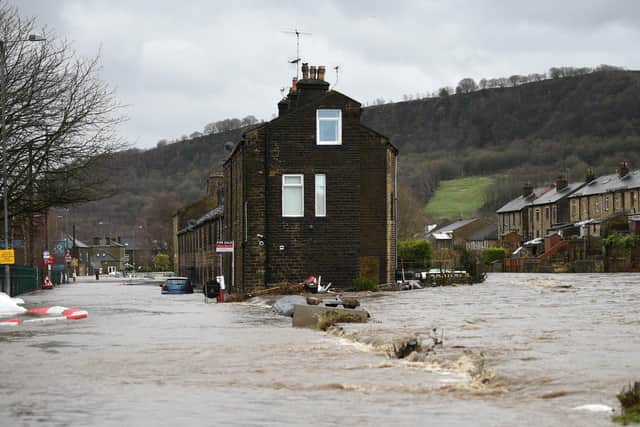

We were reinforced by two burly chaps for Handel’s Messiah. Here comes the bride also taxed us when the organist went full blast.
In short, floods were part of my upbringing.
Fifteen are recorded by Eye on Calderdale during the 24 years I lived in Hebden Bridge and Mytholmroyd. And there have now been just about 100 flooding incidents down the valley to Brighouse since Elland Bridge was swept away in 1615.
The lasting problem is caused by the terrain. There is nowhere else for the water to go as it pours down steep-sided valleys but into the main river drain, on to the sea.
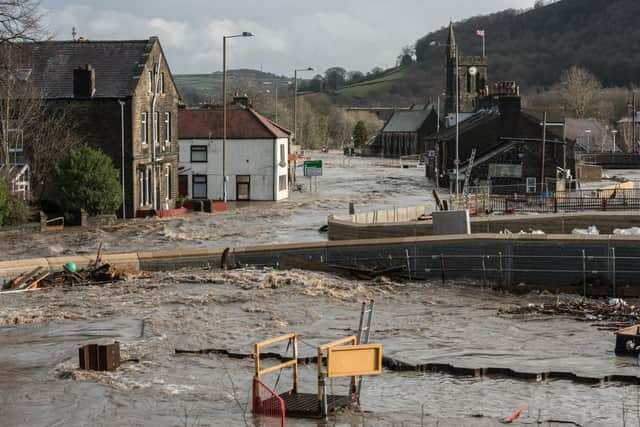

It is all very well saying that the Dutch could handle it, but their problem is not precipitous hills but land below sea level.
Advertisement
Hide AdAdvertisement
Hide AdThere have been at least 15 flooding incidents along the Calder since Margaret Thatcher mentioned global warming in 1989.
But there were 27 in the previous 30 years. I remain sceptical that climate change is the cause.
Admittedly, recent flooding across the country has been severe. Last month was also the wettest on record, easily beating February 1990 when, incidentally, climate change was not the first topic of conversation.
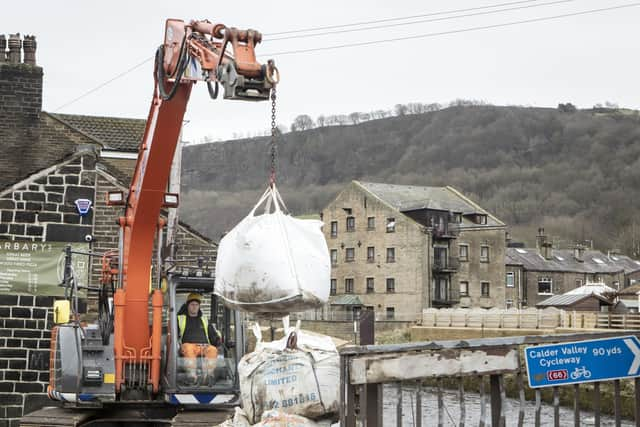

But heavy rain has always brought the threat – and worry – of worse flooding.
Advertisement
Hide AdAdvertisement
Hide AdWhat we can do about it is another question. It may sound heartless, but we have to recognise that some areas are prone to floods.
It may also be true that many people cannot be protected unless they are moved well above the highest recorded floodline.
But that would require vast re-housing – indeed, the redesign of Pennine towns and ancient places like Shrewsbury.
We could, however, prevent unnecessary and cruel anguish by stopping building on what are called flood plains or below high water marks.
Advertisement
Hide AdAdvertisement
Hide AdFor the rest, I suspect that the honest answer is to mitigate the risks. Yet I am told some £30m has recently been spent on flood protection in Mytholmroyd to little effect.
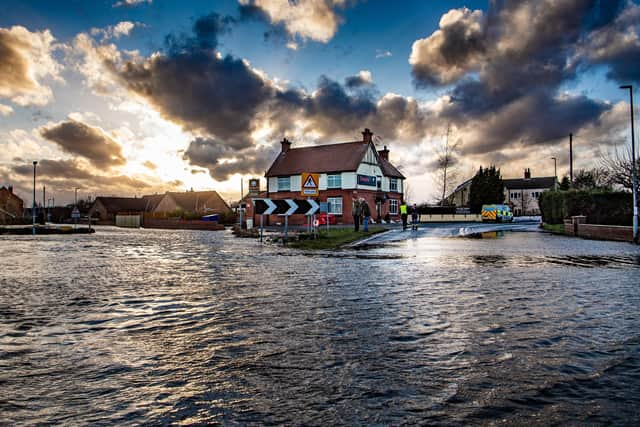

Regular dredging of watercourses seems sensible – except perhaps to eco-nuts who will see natural habitats destroyed.
I’m all for planting trees to slow the run off, if that is what it does, provided we don’t go mad and take out land that now feeds us, may I remind one of Boris Johnson’s weirdo wonks.
Yorkshire Water is experimenting with lowering the levels of reservoirs against monsoons. But imagine the outcry if supplies run dry in a drought. Only last year farmers above Hebden Bridge saw natural springs dry up with all the attendant problems of watering cattle.
We do have droughts as well as floods.
Advertisement
Hide AdAdvertisement
Hide AdShould dam-building beaver be introduced to, for example, the Calder and its tributary valleys – Hebden, Colden, Elphin, Luddenden and Ryburn – to slow the flow and protect lower levels beyond Brighouse?
But beaver don’t plant trees; they fell them. Do these industrious animals afford more flood protection than forests?
Could installing water power stations in the valleys and dales, providing “clean” electricity, help? Or should they on no account be industrialised?
And so it goes on because we cannot stop it raining cats and dogs when nature’s mood takes it.
Advertisement
Hide AdAdvertisement
Hide AdIt has been ever thus. Remarkably, however, we lack a national mitigation plan to make life tolerable for those who live and do business in areas at risk.
Boris Johnson might have helped himself by seeing first hand the consequences of this year’s floods.
But let’s be clear: there is no magic wand.
Comment Guidelines
National World encourages reader discussion on our stories. User feedback, insights and back-and-forth exchanges add a rich layer of context to reporting. Please review our Community Guidelines before commenting.